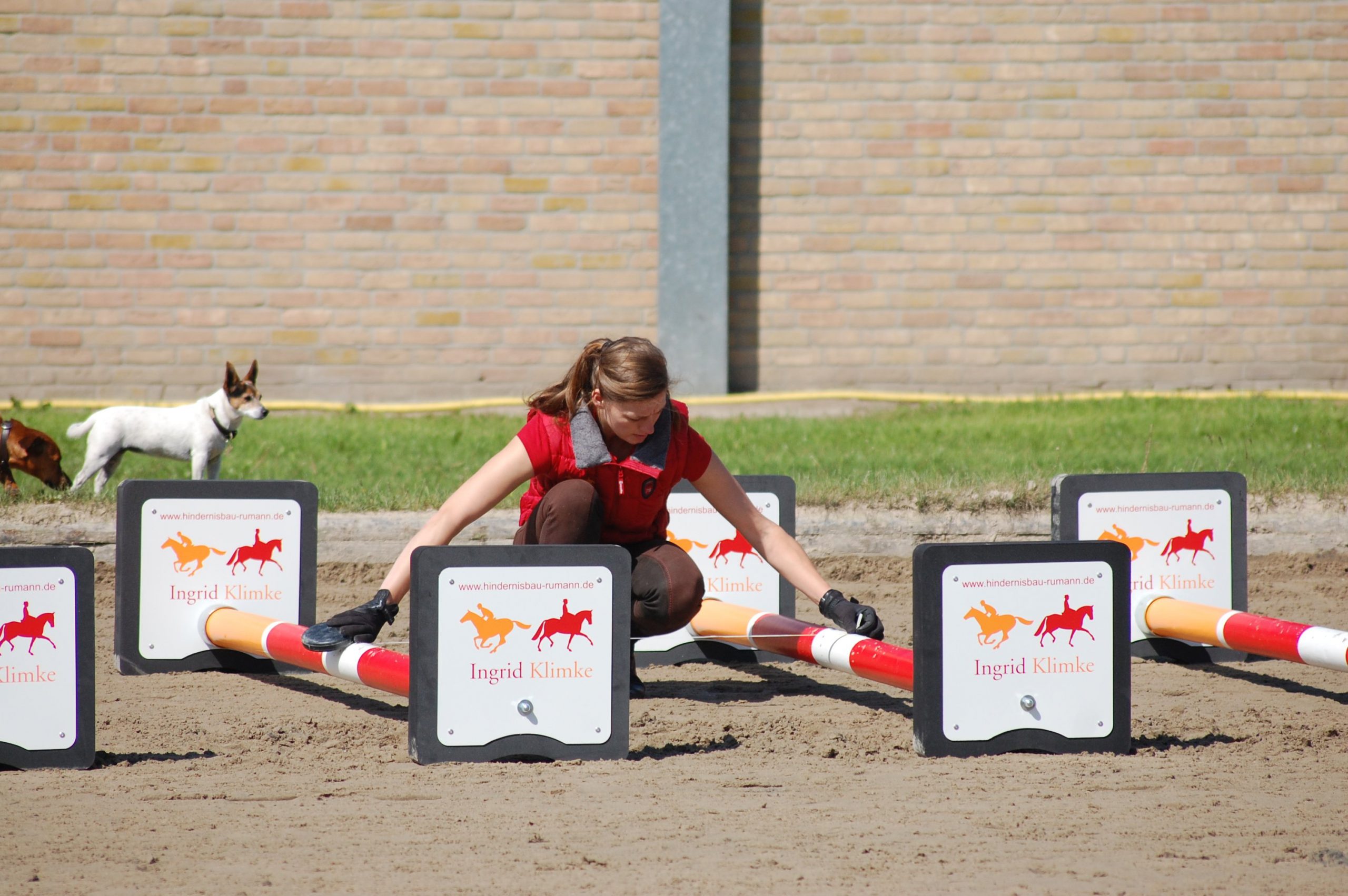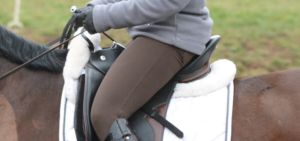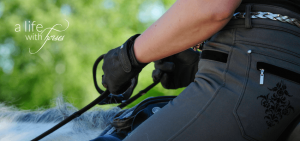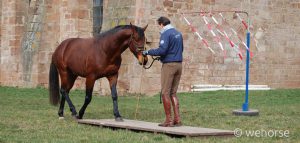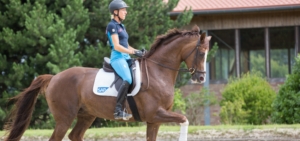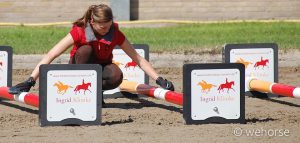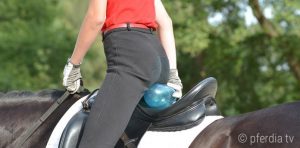Summary:
- General approach to showjumping distances
- Horses and ponies’ strides
- The 4-feet step stride
- Combinations
- Jumping distances
- What can influence the size of a canter stride?
- Lars Meyer zu Bexten’s top training tips
What are showjumping distances?
In order to ride combinations and distances confidently, it is important for the rider to know how to measure the distances between two jumps as well as how many strides are needed.
If the rider knows about these two factors, he or she can decide how to optimally ride the combination or the line.
In order to be able to perform as well as possible in the course, you will find information here regarding showjumping distances as well as further important additional information.
How big are horses/ponies strides?
When measuring the distance between two jumps the convention is to allow 6 feet for the landing of the first jump and 6 feet for the take off of the second one.
What is the 4-feet step stride?
Before you start measuring and riding showjumping distances, you should measure how big your step is, what we want is a distance of 3 feet for each step. Once you can do this you can then easily calculate the distance between the jumps.
In order to practice you can lay a 12-foot long pole on the ground and train by taking 4 equal steps from one end of the pole to the other.
One easy way to keep track of how many strides you have walked, once you have stepped out 2 steps for the landing distance, is to replace your fourth step with the number of the stride, for example
1,2,3,1 1,2,3,2 1,2,3,3 and so on, until you only have the room left for 2 steps for your take off at the next jump.
You should also know how big your horse’s canter stride is. Using a tape measure you can measure the distance on the ground between the two successive hoof prints of the same leg.
What are combinations?
They are sequences of two to three jumps separated by one or two strides. A lot of possibilities exist when building combinations and the preparation for each of them is very important.
Showjumping combinations can be of two types. A double is a sequence of two elements whereas a triple is made up of three jumps. The type of jumps, and in what order they are encountered, determine the level of difficulty. Two jumps are always separated by one or two strides which makes it necessary for horse and rider to be focused and to react quickly.

Jumping distances for horses:
- 1 canter stride: 7.50 – 7.90 m / 24ft 6in – 26 ft 0in
- 2 canter strides: 10.40 -10.80 m / 34ft 1in – 35ft 4in
Jumping distances for ponies:
- 1 canter stride: 7.50 – 7.90 m / 24ft 6in – 26ft 0in
- 2 canter strides: 10.40 -10.80 m / 34ft 1in – 35ft 4in
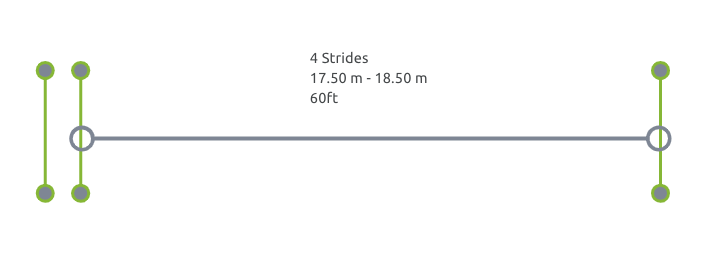
For horses:
- 3 canter strides: 14m – 15m / 48ft
- 4 canter strides: 17.50m – 18.50m / 60ft
- 5 canter strides: 21,50m – 22.50m / 72ft
- 6 canter strides: 24.40m – 26.20m / 80ft – 86ft
For ponies:
- 3 canter strides: 13.20m – 14.20m / 43ft 3in – 46ft 6in
- 4 canter strides: 16.50m – 17.50m / 54ft 1in – 57ft 4in
- 5 canter strides: 19.50m – 20.50m / 64ft – 67ft 3in
- 6 canter strides: 23m – 24m / 75ft 5in – 78ft 7in
What can influence the size of a canter stride?
Keep in mind that those distances are only indications as the number of strides vary depending on your horse’s strides, the ground, or the types and configuration of the obstacles.
Here are some factors that can influence the number of strides between two jumps:
Canter strides are lengthened by:
- the slope of the terrain (downhill)
- jumping toward the exit or the warm-up area
- springy footing
- a friendly start
- an airy jump
- a high basic speed
- a long spot at the entry jump (for lines/combinations)
Canter strides are shortened by:
- the slope of the terrain (up-hill)
- jumping away from the exit or the warm-up area
- deep or uneven footing
- a low basic speed
- getting deep at the entry jump (for lines/combinations)
Tips from Lars Meyer zu Bexten
Lars Meyer zu Bexten shows you what to do, so measuring the distance between two jumps and deciding the number of strides accordingly will no longer be a problem for you!
If you want to know more about Lars Meyer zu Bexten, take a look at his personal page.

